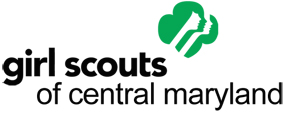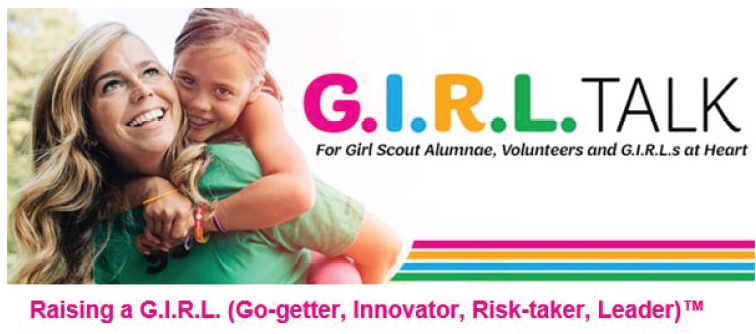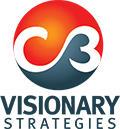Driving Annual Giving with Alumnae Relations
Impactful Experiences Can Lead to Committed Annual Donors

Girl Scouts of Central Maryland (GSCM), part of the century-old Girl Scouts of the USA, experienced a decrease in annual giving over a 3-5 year period.
Girl Scouts of Central Maryland (GSCM), part of the century-old Girl Scouts of the USA, experienced a decrease in annual giving over a 3-5 year period.

Staff turnover and a lack of a coordinated, comprehensive approach to fundraising resulted in the council losing much-needed individual donations to drive revenue and support a $5M budget that supported more than 20,000 girls, and volunteers committed to providing girls with experiences and opportunities to amplify their voice and embrace their leadership skills.
An analysis of past giving revealed a disproportionate percentage of fund development revenue coming from events. While there was a small number of donors who made annual donations, there was no donor engagement or cultivation strategy, nor a viable prospecting strategy for new donors.
Girl Scouts is a legacy organization representing multiple generations of families who proudly claim to have been a Girl Scout. Thousands of volunteers value their experience so much they commit much of their free time to supporting troops in their areas regardless if they have a daughter in the program. 52% of female business leaders were Girl Scouts. A majority of the women honored by GSCM as Distinguished Women over the past 20 years as part of their annual fundraising event, were Girl Scouts.
However, GSCM had no strategy to engage these women as donors. Other than sending a quarterly newsletter that only mailed to existing donors, and inviting past Distinguished Women honorees to the annual fundraiser, or to speak at an event from time to time, there was no effort to engage with Girl Scout alumna, many of whom would be considered strong annual giving prospects.
The Solution
A comprehensive alumnae relations campaign was created, which included an ongoing survey; a quarterly e-newsletter; an alumnae advisory committee; events; and peer-to-peer giving challenges.


In its first year, the alumnae campaign helped generate a 134% increase in online giving and a 20% increase in the number of annual donors.
